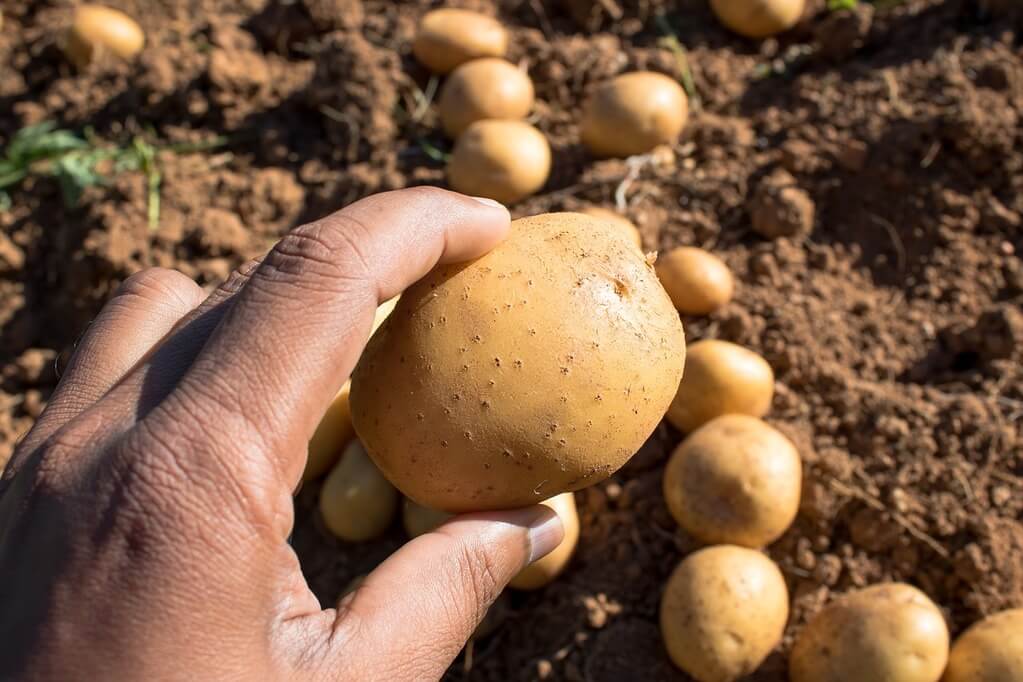The continued spread of four potato diseases has led to a 62.5 per cent decrease in Kenya’s per-hectare potato production from 22.4 tons in 2008 to just 8.4 tons in 2022.
This is despite the increased availability of improved potato varieties and access to information on the best agriculture practices.
With a global average output of 21 tons per hectare, potatoes yield a crop with a food value of more than four hectares of grain and twice as much as wheat.
If not reversed, Kenya’s continued dwindling potato production endangers the country’s already fragile food security as Irish potatoes are Kenya’s second most consumed food crop after maize. The potato sub-sector also employs 800,000 growers and an extra 2.5 million people indirectly.
The major diseases driving the precipitous decline in Kenya’s potato production are bacterial wilt, late blight, soft rot, and the potato cyst nematode pest.
Related News: Maize & sweet potato intercropping improves income & nutrition
Related News: Dealing with potato late blight– the most devastating disease for farmers
According to Dr Joseph Mulema– a Senior Research Scientist at CABI the proliferation of these potato diseases, not poor farming practices, has been key to Kenya’s dwindling potato production.
“They contribute to an estimated 80 per cent reduction in production, threatening improved seed availability and food security. Some of the diseases are difficult and expensive to manage and there is limited information on their nature, occurrence, and impact,” he said.
An over-dependence on the informal seed sector and reused saved seeds — the source of planting for 95 per cent of farmers– has also led to an accumulation of seed-borne pests and diseases over time.
Related News: Kirinyaga potato farmer finds success treating potato blight with local herbs
“Given that farmers recycle their seeds, potato diseases have spread to most of the traditional potato-producing regions, limiting the availability of disease-free zones for improved seed production.”
Additionally, potatoes are a key crop in traditional production areas, therefore land is continuously cultivated to grow the crop. This leads to a build-up of pests especially soil-borne pests such as Ralstonia solanacearum, the cause of brown rot (also referred to as bacterial wilt).
